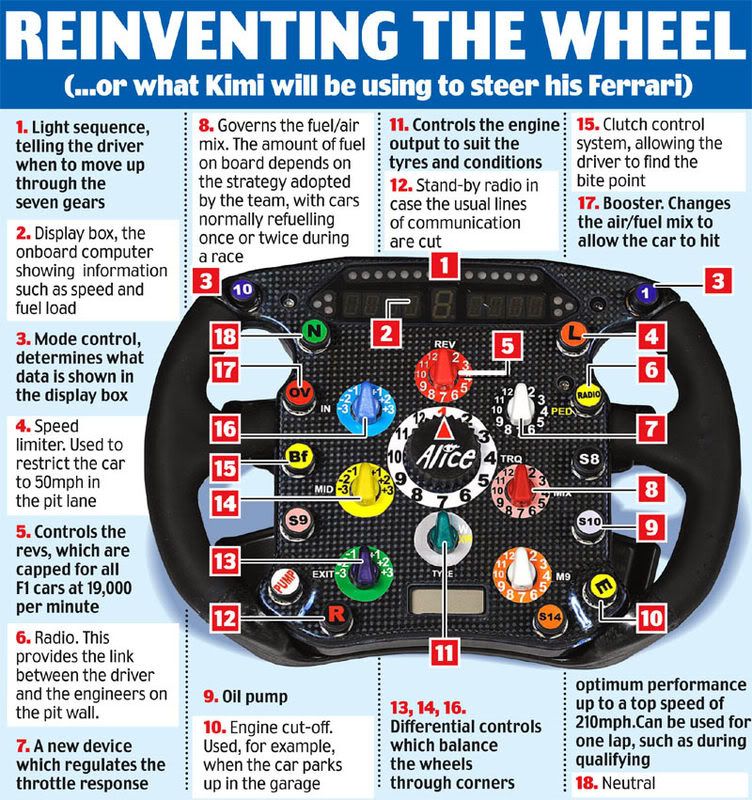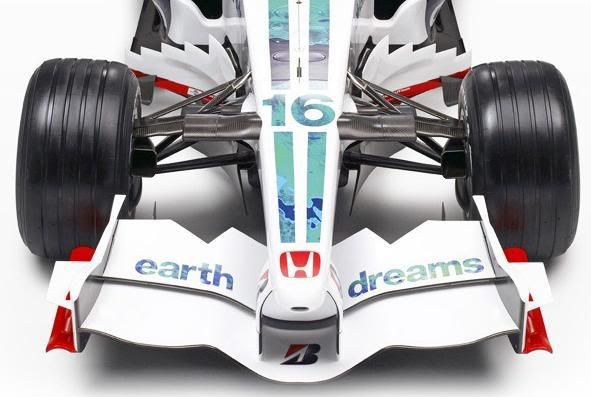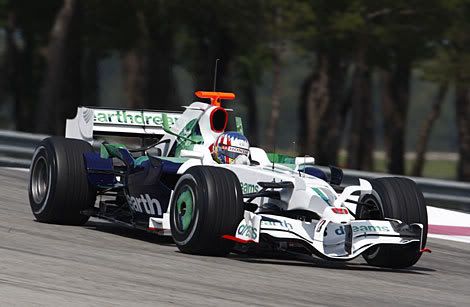Aw crap. I just typed a full response and it got deleted... Lame.. Right, so.
The new ECU's are supplied by McLaren Technologies (A seperate branch of the McLaren group) and are standardised. I.e. Every team now has the same ECU. The ECU will no longer feature Traction or Launch control taking some more dirver aids away from the driver. You will have noticed in the past from on board shots how cluttered the steering wheels were with knobs, dials and buttons all over them. Chances are the teams will still have cluttered steering wheels but TC wont be there among other things like engine braking control. Many drivers have complained during winter testing of this lack of engine braking.
In recent years with TV feeds becoming more detailed with G-Force meters and the like we can see under braking some cars and drivers blipping the throttle under brakes. This isn't an action of the driver usually, this is someting certain teams ECU's did on their own to match the revs during downshifts, much like heel-toeing in a manual road car with a clutch. This will be eliminated.
Brake bias control and differential settings as far as I know are still avaliable to the driver but are severely restricted. A photo of the Ferrari steering wheel shows three new diff setting dials labeled In, mid and out this could only indicate different diff settings as needed through a bend. Another dial is used to change engine settings required for different tyres Dry, Inters, Wet, Extreme Wet. Whoops, now I'm speaking too much of steering wheels.
Right, so new ECU's will get rid of TC, LC among other things.
Standard ECU's will level the field just a teensy bit, but the advantages gained by custom ECU's were exploited by all teams to more or less the same effect, it just comes down to how much the driver uses them, Schumacher Snr often twiddled the dials in race and quali to get the most from his car where as Massa would only really toy with brake bias when needed.
http://www.amalgamcollection.com/en/graphics/amalgam/products/M5132_1180437190.jpg__800__0.png
A picture of the RB3 Steering wheel form last year, most buttons are self explanatory, PIT for pitlane speed limiter, drink for a drink (of water, but.... it IS the RBR...) Dials down the bottom there are tricky, EB I assume is for engine braking TC Traction control DF Differential perhaps? EN fuel air mix maybe but that could also be the MX dial. You get the idea :D FAIL button was for a failsafe type mode kicking in the anti-stall among other things I believe. I'm not sue if the new ECU supports an Anti Stall come to think of it....
TABLE STRETCH ALERT!

Many thanks to manchild from F1T
There we are, a rather long winded spiel on the new ECU and somehow steering wheels.... Hope I answered what was wanted :)




Log in to comment